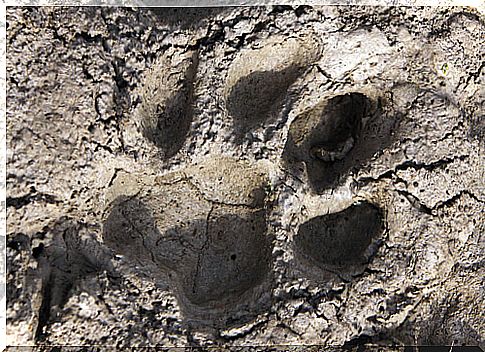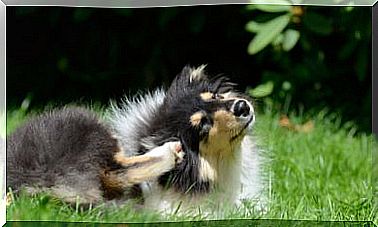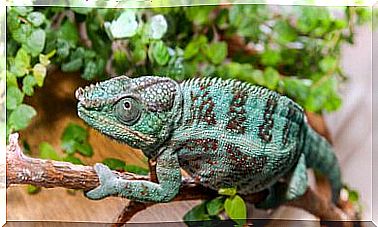Identification Of Animal Tracks: Tracks And Signs

A more than fun activity for children and, why not, for their parents, is learning the identification of animal tracks. In the past this learning was used to survive ; today it can be a more than interesting hobby.
Identification of animal tracks
Observing fauna in the wild is one of the most beautiful experiences that we can live as human beings. Going to a national park and meeting an animal ‘face to face’ may seem dangerous depending on the species we encounter, but it will undoubtedly be an unforgettable anecdote for the rest of our lives.
Having knowledge in identifying animal tracks can help us, for example, to visualize different specimens, be attentive to the presence of a predator or dangerous species and, why not, have fun for a while.
In addition to the footprints they leave on the ground, it is good to learn about other tracks and signs, such as feces, food, marks on trees, etc. It all depends on the ecosystem where we are and the type of animal we follow.
Many animals leave evidence of their passage not with footprints on the ground, but with bites on fruits, branches torn from trees, corpses of their prey devoured and even galleries or tunnels somewhat hidden among the vegetation, but easily detectable for those who pay attention. .

We must bear in mind that most of the tracks left by animals are temporary ; they will disappear with the rain, the wind or the arrival of other individuals to the area. The only exception are fossil marks that can be found in caves or caves and are thousands of years old.
Fingerprint identification: what to do
As a first step, if we are interested in the fascinating world of fingerprint identification, we must learn a little about the types of feet and footprints of various animal groups. Knowing the structure and appearance of the limbs is essential when we find a mark in the sand, mud or earth.
There are animals that are plantigrade –which fully support the legs and claws– and those that are digitigrade, that is, that support the fingers and nails. In the first case we can highlight the hares, and in the second the lynxes.
We also have the possibility of finding fingernails, when they are not retractable : wolf, fox or dog. Felines such as cats, wild cats or leopards ‘keep’ their nails when they walk and, therefore, they are not marked in the footprint.

Within the family groups of animals, the tracks are quite similar. They can change in size, toe length or heel. In this way, the mark left by a wolf is larger than that of a dog and with its nails sharper. The latter is true of foxes, although they are even smaller and thinner.
In the case of felines, the lynx leaves a mark 70 millimeters wide, compared to 50 for the wildcat and 35 for the domestic cat. Between these last two almost the only difference is the size. In the first the fingers are more elongated.
There are footprints that are more than characteristic and unique, like those of the wild boar. This is because they have two main hooves and two smaller marks – like arrowheads – underneath.
Among the mustelids, the badger is the only one that has all five toes in a row and leaves a very thick mark on the heel. The others leave traces with a finger –which would be the thumb– differentiated from the rest.
Footprint identification can be a fascinating activity when we are out for a walk in the woods or going camping, but we can also do it in a park or on the beach. It’s more than fun!









